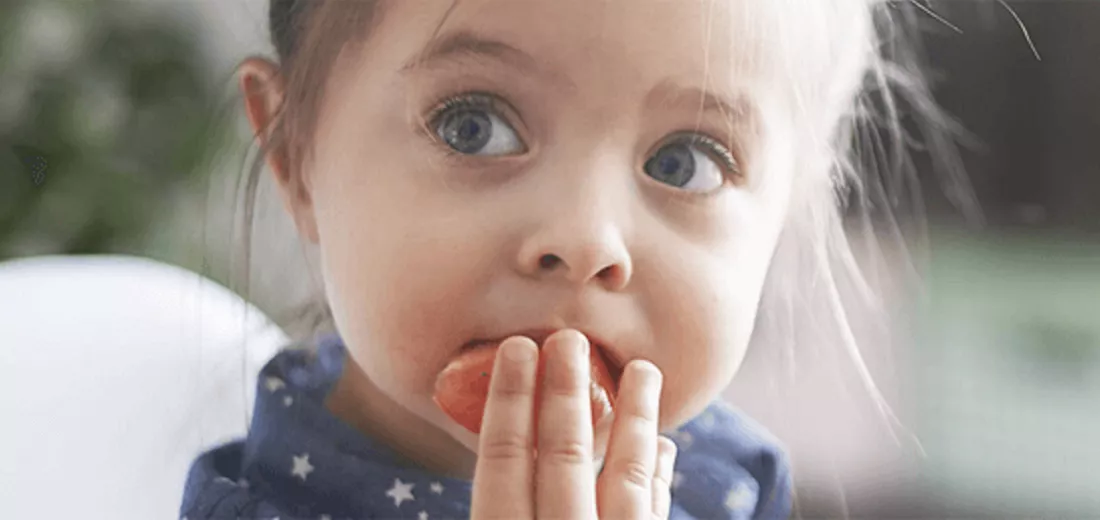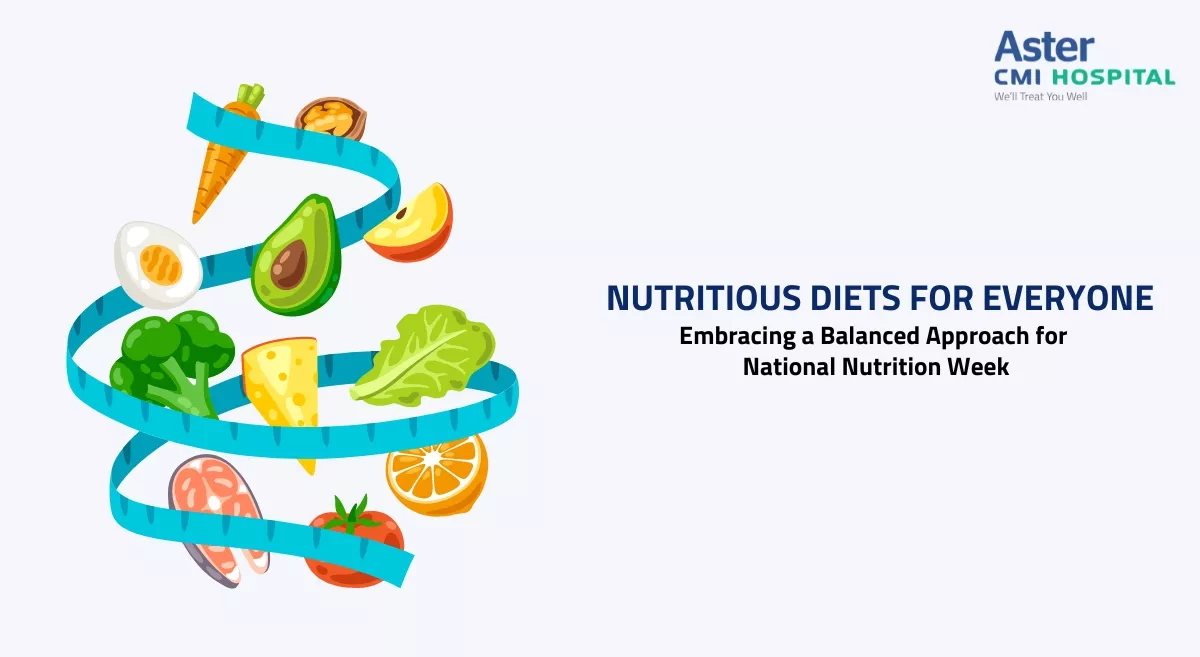It is well recognized that the period from birth to two years of age is a “critical window” for the promotion of optimal growth, health and behavioural development. Therefore, initiation of breastmilk and the introduction of complementary feeding in this vulnerable period are two vital events & boons to a child’s health. If ‘Colostrum’ is called the 1st immunization of a neonate to be fed in 1st hour, then the ‘Nutrition’ provided in the 1st 1000 days of life is divine nourishment and an asset one can give to their child.
Two out of five stunted children in the world live in Southern Asia and nearly half of all deaths in children under 5 are attributable to undernutrition (UNICEF,2017). NFHS datasheet-4 (2015-2016) of Karnataka states that 36.2% of children below 5 years are stunted and only 9.6% of total children with age 6-23 months are receiving an adequate diet. These reports definitely demand a sensitive intervention from Dietitians and Pediatricians to bring a drastic change in achieving the Sustainable Development Goals set for 2030.
A well designed antenatal education, regarding the appropriate complementary feeding and encouraging parents to seek a qualified Dietitian, can create a breakthrough in the health of vulnerable lives. Infants and children are at an increased risk of malnutrition from 6 months of age, when breastmilk alone is no longer sufficient to meet the nutritional requirement. Hence complementary feeding should involve timely, adequate, properly fed and safe feeding strategy. Complementary feeding should be projected as the bridge that the mother has to make between liquid to solid transition and to empower the baby to ‘family pot feeding’. Among the urban population, we come across a lack of skills and time involved in the preparation of complementary. Infants are managed by caregivers and hence it becomes important to be a part of a training programme.
THE OPTIMAL AND APPROPRIATE INFANT AND YOUNG CHILD NUTRITION PRACTICES AND STRATEGIES
Exclusive breastfeeding should be practiced till the end of six months (180days).
After completion of six months, introduction of optimal complementary feeding should be practiced preferably with energy dense,homemade food.
Breastfeeding should be continued minimum for 2 years.
Practice responsive feeding: mother should communicate, look into the eyes, touch and caress the baby while feeding.
Hygienic practices are essential for food safety during all the involved steps viz. preparation, storage and feeding. Self-feeding should be encouraged despite spillage. Each child should be fed under supervision in a separate plate to develop an individual identity.
Forced feeding, threatening and punishment interfere with development of good/ proper feeding habits ‘Neophobia’ is the rule in infants and any food may have to be offered several times for acceptance Monitor child’s growth by using growth charts.
Preparation of complementary feeding:
To provide more calories from smaller volumes, food must be thick in consistency
Foods can be enriched by making a fermented porridge and use of sprouted flour.
Adequate total energy intake can also be ensured by addition of one to two nutritious snacks between the three main meals.
Parents must identify the staple homemade food (as these are fresh, clean and cheap), comprising of cereal pulse mixture in the ratio 2:1,
Avoid foods which can pose choking hazard such as whole nuts ,finger foods and you may have to identify readiness in your child before offering them.
Avoid junk food. Home food should be preferred over artificial, commercial, tinned or packaged food.
The amount frequency of feeding:
For 6 to 8 months : Start with thick 2-3 meals per day along with breastfeeding on demand, with a quantity of 2- 3 tbsp of mashed foods.
For 9-11months : Finely chopped/coarsely prepared/mashed 3-4 meals (½ of a 250 ml measure) with breastfeeding
Qualities of Good complementary foods :
Rich in energy, protein and micronutrients (particularly iron, zinc, calcium, vitamin A, vitamin C and folate);
Not spicy or salty;
Easy for the child to eat;
Liked by the child;
Avoid giving drinks with low nutrient value, such as tea, coffee and sugary beverages.
Practice frequent and responsive feeding during and after illness
During illness, increase fluid intake by more frequent breastfeeding, and patiently encourage children to eat favorite foods.
After illness, breastfeed and give foods more often than usual, and encourage children to eat more food at each sitting.














